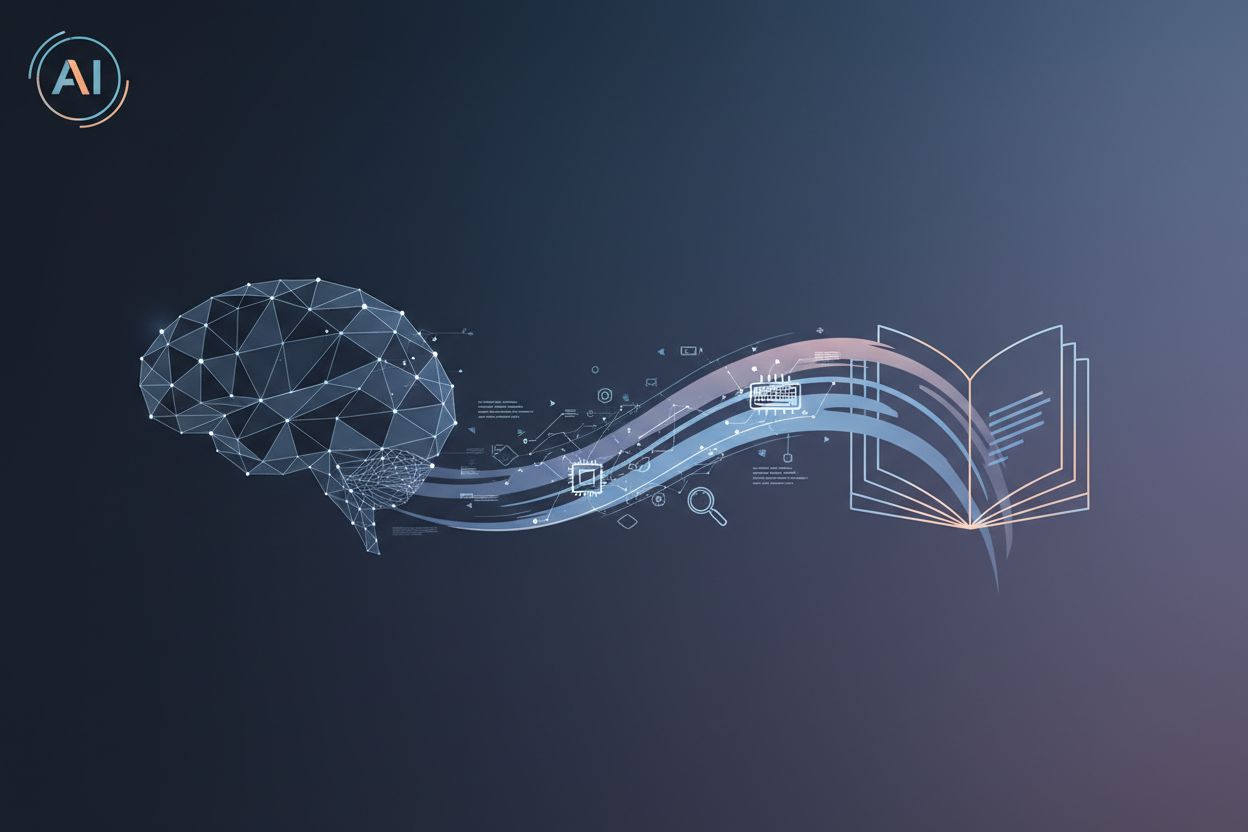10 Ethical AI Tools You Can Make Music With
Music production is changing fast. AI can now be part of nearly every stage of the music production process: recording, mixing, mastering, songwriting and even sample searches. This has led to very real concern among musicians. Some AI tools can now generate music from scratch or clone artist styles, often without consent, which leads to questions about who owns the results, who gets paid, and how artists can protect their work. Many artists and labels now want tools that help musicians rather than replace them. The AI tools featured here all support the artist’s creativity, not automate it. They use AI to save time, improve sound, or suggest ideas, but the musician’s intent leads the way. Each tool listed here puts creative and technical choices in your hands. The goal: keep artists in control, with full oversight of how AI is used.
Why Ethical AI Matters in Music Production
AI music tools cross a line when they remove or limit artist control. The most accepted tools address technical steps, like mixing or mastering, or offer recommendations while requiring human confirmation before applying changes. This is what makes an AI tool ethical: it keeps the user at the center. Generative tools that output full tracks or mimic copyright-protected styles without consent create issues with ownership and compensation. Recent industry statements have called for transparency, artist consent, and careful use of data. Tools from ethically grounded AI companies like LANDR or iZotope are welcomed by professionals because they help with technical tasks but always leave the artistic choices to the user. The current best practice is to select tools that enable, rather than override, creativity.
1. LANDR Mastering
LANDR Mastering is an AI-powered mastering service. Musicians upload their track, and the system analyzes its audio profile, style, and dynamics. It references thousands of professional masters to create a unique mastering chain for every song. First-time users get free previews and can choose from different style settings. LANDR Mastering Plugin gives full control over key parameters like loudness and tone. LANDR does not create music or alter the core intent of the project, it only polishes and optimizes the sound. Control stays with the artist from start to finish. The process is transparent, with every change being revisable and reversible. For independent musicians or small studios, it brings professional mastering within reach without replacing their creative decisions.
2. Izotope Neutron
Izotope Neutron uses AI to help with mixing. It examines your session, analyzes each track, and suggests mix improvements, like reducing frequency conflicts or balancing loudness. Features include visual feedback, EQ matching, and a Mix Assistant that proposes starting
points. Neutron assists, but it does not decide. Controls for each element, from compression to dynamic EQ, are left open for the user to shape. This keeps the creative process in your hands. Producers value Neutron for shortening workflows and giving technical support, all while keeping the artist in the driver’s seat.
3. Scaler Music’s Scaler 3
Scaler 3 is a composition support tool. Feed it a MIDI or audio clip, and it will identify the key, then suggest related chords and progressions. Scaler 3’s goal is to expand your knowledge of theory and open up creative options. It never replaces you as the author. Instead, it helps you explore new chords you might not have considered, with every suggestion editable and easily moved to your main workspace. You can drag and drop progressions into your DAW and make them your own. Scaler 2 is seen in professional studios and classrooms as a smart way to boost creativity and learn through doing.
4. Sonible smart:EQ 4
Sonible smart:EQ 4 is an equalization plugin powered by machine learning. It listens to your audio and suggests frequency corrections to give a cleaner, more balanced mix. The plugin analyzes the track’s unique spectral fingerprint, offering a curve for the user to approve, adjust, or reject. Its main strength is speeding up technical decisions, especially on busy projects. User feedback and expert reviews agree that smart:EQ 3 does not interfere with your vision, it only assists with clarity. All creative control remains with the user.
5. Output Arcade
Arcade is a sampling instrument that relies on AI for quick sound searches, organization, and manipulation. Its main function is to help you discover new loops or samples, then tweak and personalize them. You can chop, stretch, and process material with fast, intuitive controls. All decisions on selection, arrangement, and finishing are made by the artist. Arcade supports producers in sound discovery but never finishes the track for them. It integrates well with major DAWs and is popular for simplifying loop-heavy sessions.
6. Spleeter by Deezer
Spleeter is an open-source tool for separating stems from finished tracks. Upload a song and Spleeter will split it into vocals, drums, bass, and more. DJs, remixers, and students use it to isolate parts for live performances or analysis. Spleeter has no generative capacity. It only analyzes what’s already there and pulls it apart for practical use. Its algorithms are transparent and open for inspection, which helps ensure trust and avoids ethical concerns around unauthorized content generation.
7. LANDR ReHance
LANDR ReHance is a noise reduction plugin designed for voice and instrument recordings. Its machine learning models clean up unwanted background noise without changing the creative direction of the track. With easy presets and minimal adjustments, ReHance processes files quickly and keeps artifacts low. Musicians and podcasters use it to tidy up audio after the fact. The plugin is included with LANDR Studio and is valued for its speed, results, and non-intrusive role in the workflow.
8. Audiomodern Riffer
Riffer generates MIDI patterns for melodies and rhythm. Unlike automatic songwriting tools, Riffer lets the user set all creative rules, key, scale, density, loop length, and more, then randomizes notes within those parameters. You can lock in ideas or edit every note, so each pattern feels personal. Riffer is often used to get past creative blocks, but it never completes music without your hand in the process. Beatmakers and composers prefer Riffer as an inspiration platform rather than an automatic composer.
9. LANDR Composer
LANDR Composer is a newer AI assistant for the songwriting process. It helps users choose chords, melodies, and even arrange sections based on style or emotion they are trying to achieve in their composition. The tool offers complex chord progression generation with MIDI export directly to the DAW as well as drag-and-drop functionality. All output depends on the user’s selections, with clear documentation about the process. The tool is intended to boost brainstorming and speed up composition, not to generate finished work on its own.
What Makes These Tools Different
Each tool on this list uses AI as a support system, not as a replacement for the creative process. They do not produce music behind the user’s back or copy existing catalogs without asking. The common focus is on transparency, user control, and ethical application of machine learning. LANDR Mastering, Neutron, and Scaler 2, among others, offer ways to finish music faster and learn more about the craft, but never bypass creative ownership. In a field where copyright disputes and artist consent are daily topics, tools that keep musicians in control are gaining the most trust. If you are choosing new AI-driven music tools, look for those that are upfront about their methods and let the musician decide how every result is used. The best results come when AI assists with the technical or brainstorming steps and leaves all final creative calls for the artist. Tools that promote workflow efficiency and respect for creative input are where responsible music production is headed.
Choosing the right AI tools is not about adopting every new technology. It is about finding solutions that speed up the boring parts, improve sound and arrangement, and give you
more time to make music. Stay alert to who controls the outcome and how each piece of software operates. If you control the process and the results, the tool aligns with what musicians, labels, and listeners want most: honest, original, and rewarding music creation.



